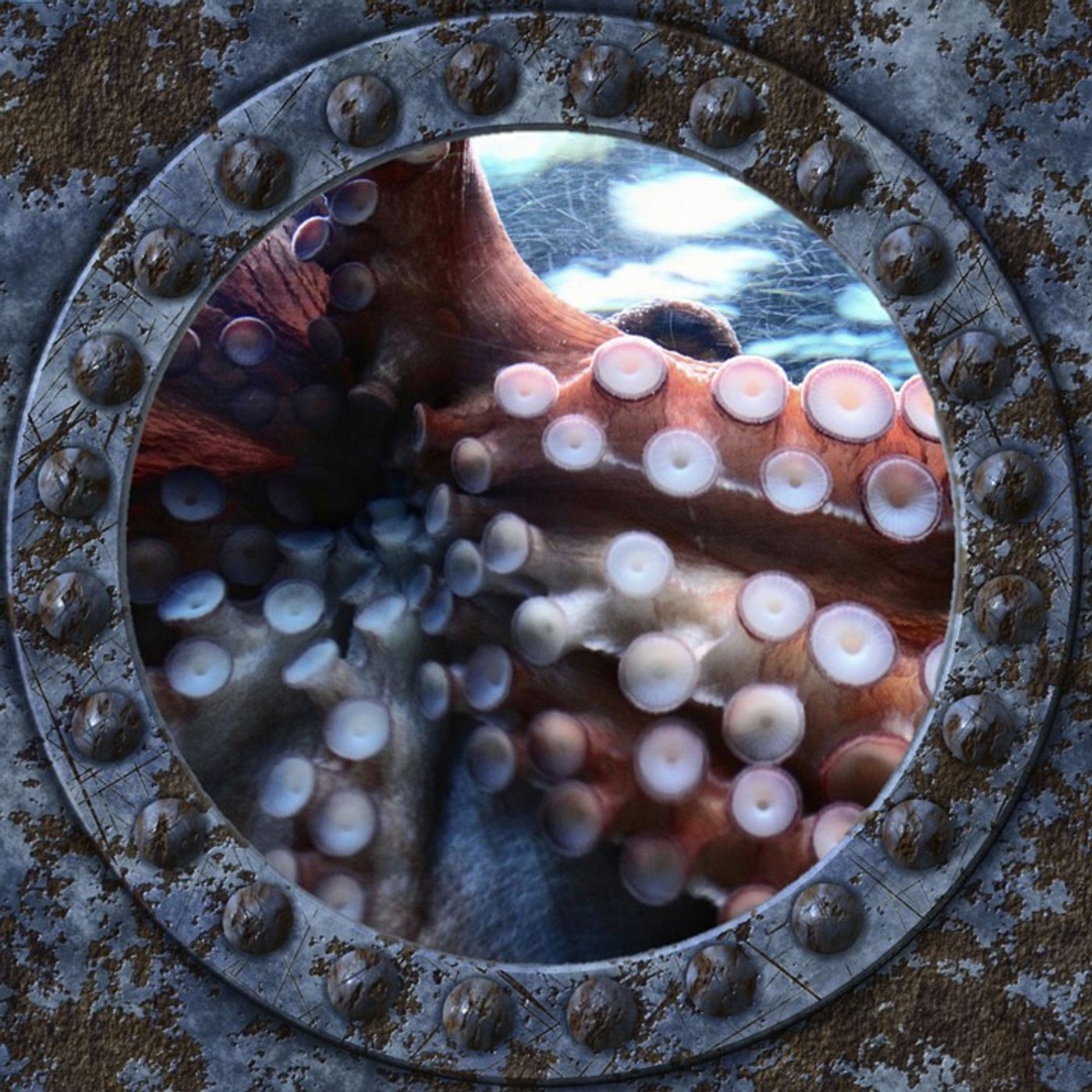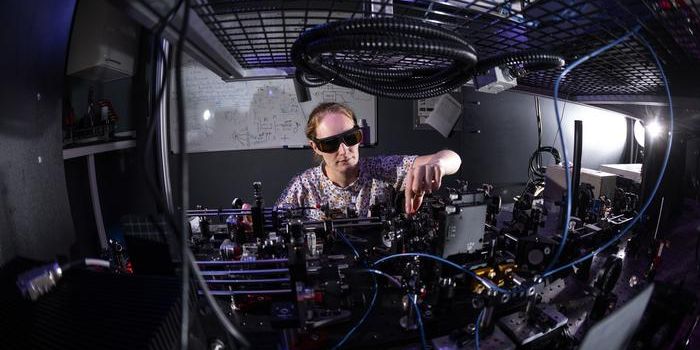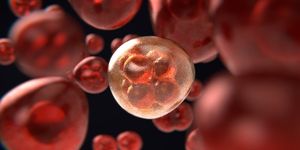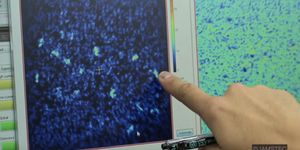Self-healing polymer modeled after squid ring teeth protein
Scientists have developed a biodegradable biosynthetic polymer that mimics squid ring teeth proteins in their ability to self-heal. The polymer has myriad potential applications for materials that undergo repetitive movement, ranging from robotic machines, prosthetic legs, ventilators and personal protective equipment like hazmat suits.
The research, funded by the US Army, was carried out by materials engineers at Penn State University and Max Planck Institute for Intelligent Systems. Published in Nature Materials, the study details the synthetic proteins that mimic squid ring teeth, which are known to be able to heal themselves if broken. Specific proteins in the ring teeth allow the soft parts in the proteins to fuse the broken proteins fuse back together in water, while the hard parts reinforce the structure, maintaining its strength.
"Our goal is to create self-healing programmable materials with unprecedented control over their physical properties using synthetic biology," said co-author Melik Demirel, professor of engineering science and mechanics at Penn State.
"Materials that undergo continual repetitive motion often develop tiny tears and cracks that can expand, leading to catastrophic failure," said Dr. Stephanie McElhinny, biochemistry program manager, Army Research Office. "With a self-healing bio-based synthetic material, any sites of damage that emerge can be repaired, extending the lifetime of the system or device."
But what the researchers developed is arguably even more efficient than nature itself. While squid ring teeth proteins can take up to 24 hours or longer to self-heal, this new development cuts that to a fraction of the time.
"We were able to reduce a typical 24-hour healing period to one second, so our protein-based soft robots can now repair themselves immediately," said Abdon Pena-Francelsch, Humboldt postdoctoral fellow, physical intelligence department at the Max Planck Institute for Intelligent Systems and lead author of the paper. "In nature, self-healing takes a long time. In this sense, our technology outsmarts nature."
Additionally, the soft polymer heals itself simply with the application of water and heat, meaning it is very accessible and completely biodegradable and recyclable. By adding an acid, the polymer recycles into a powder that can be manufactured into itself again.
"We want to minimize the use of petroleum-based polymers for many reasons," Demirel said. "Sooner or later we will run out of petroleum and it is also polluting and causing global warming. We can't compete with the really inexpensive plastics. The only way to compete is to supply something the petroleum-based polymers can't deliver and self-healing provides the performance needed."
Sources: Nature Materials, Eureka Alert

-
MAY 07, 2024Is It Anti-RNP or Anti-Sm/RNP?
- See More
-
APR 30, 2024Immuno-Oncology Virtual Event Series 2024
-
MAY 07, 20243rd International Biosecurity Virtual Symposium
-
MAY 23, 2024For the Love of Digital PCR 2024
- See More


















































